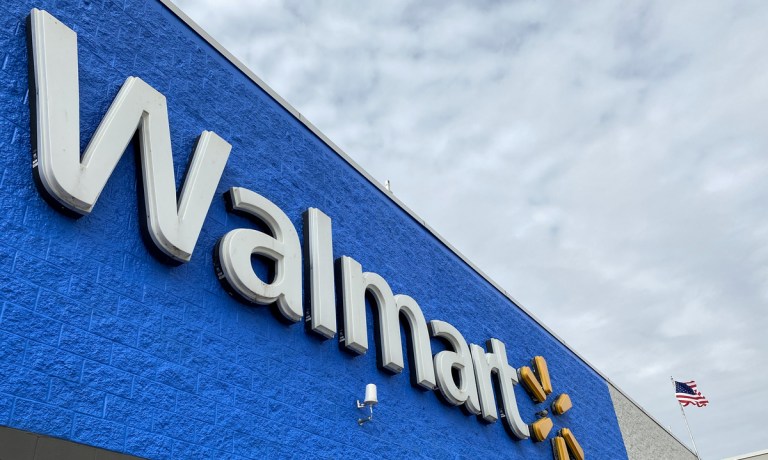
Walmart plans to double its overseas gross merchandise volume to $200 billion in five years.
“It is a pretty ambitious target,” said Judith McKenna, Walmart International’s CEO, whose comments were reported Friday (June 2) by Reuters. “The markets that we have today have plans to be able to get there.”
McKenna spoke to analysts in Fayetteville, Arkansas — near Walmart’s Bentonville headquarters — as the retail giant held its yearly shareholders meeting.
According to Reuters, Walmart’s international gross merchandise volume (GMV) five years ago was $120 billion, though that number fell to $100 billion after it divested businesses in the U.K., Brazil, Argentina and Japan.
McKenna had first announced the company’s ambition of doubling Walmart’s foreign GMV in April, the report said, and stuck by that goal even after the International Monetary Fund revised down its global economic growth forecasts for 2023 and 2024, due to persistent inflation.
McKenna said she expects Walmart’s growth to come from enacting its omnichannel strategy on a global scale, scaling marketplaces in the 19 foreign countries where it does business, and building a complementary business “ecosystem” similar to the one it has in Mexico.
The report comes weeks after news that Walmart had won a rare victory in the eCommerce space against rival Amazon thanks to its business in India.
A report last month by the Financial Times, citing Bernstein research, projects eCommerce sales in India will reach $135 billion by 2025, triple the amount from 2020. Flipkart — Walmart’s Indian eCommerce business — had a market share of 48% last year compared to Amazon’s 26%, with Flipkart taking in $23 billion in gross sales in India during 2021, compared to $18 billion to $20 billion for Amazon.
Walmart leads Amazon in terms of share of the total grocery market, but when it comes to the center aisles, the latter has pulled ahead, as noted here recently.
According to PYMNTS data, Walmart has a share of the total food and beverage market that is around seven times greater that of Amazon.
However, when it comes to shelf-stable items, Amazon is trumpeting major gains, while Walmart is dealing with the pressure of rising costs and shrinking margins. CEO Doug McMillon discussed the issue on the company’s last earnings call.
“In the dry grocery and consumables categories like paper goods, we continue to see high single-digit to low double-digit cost inflation. We all need those prices to come down,” McMillon said. “The persistently high rates of inflation in these categories lasting for such a long period of time are weighing on some of the families we serve. … This stubborn inflation in dry grocery and consumables is one of the key factors creating uncertainty for us in the back half of the year because of the cumulative impact on discretionary spending and other categories.”